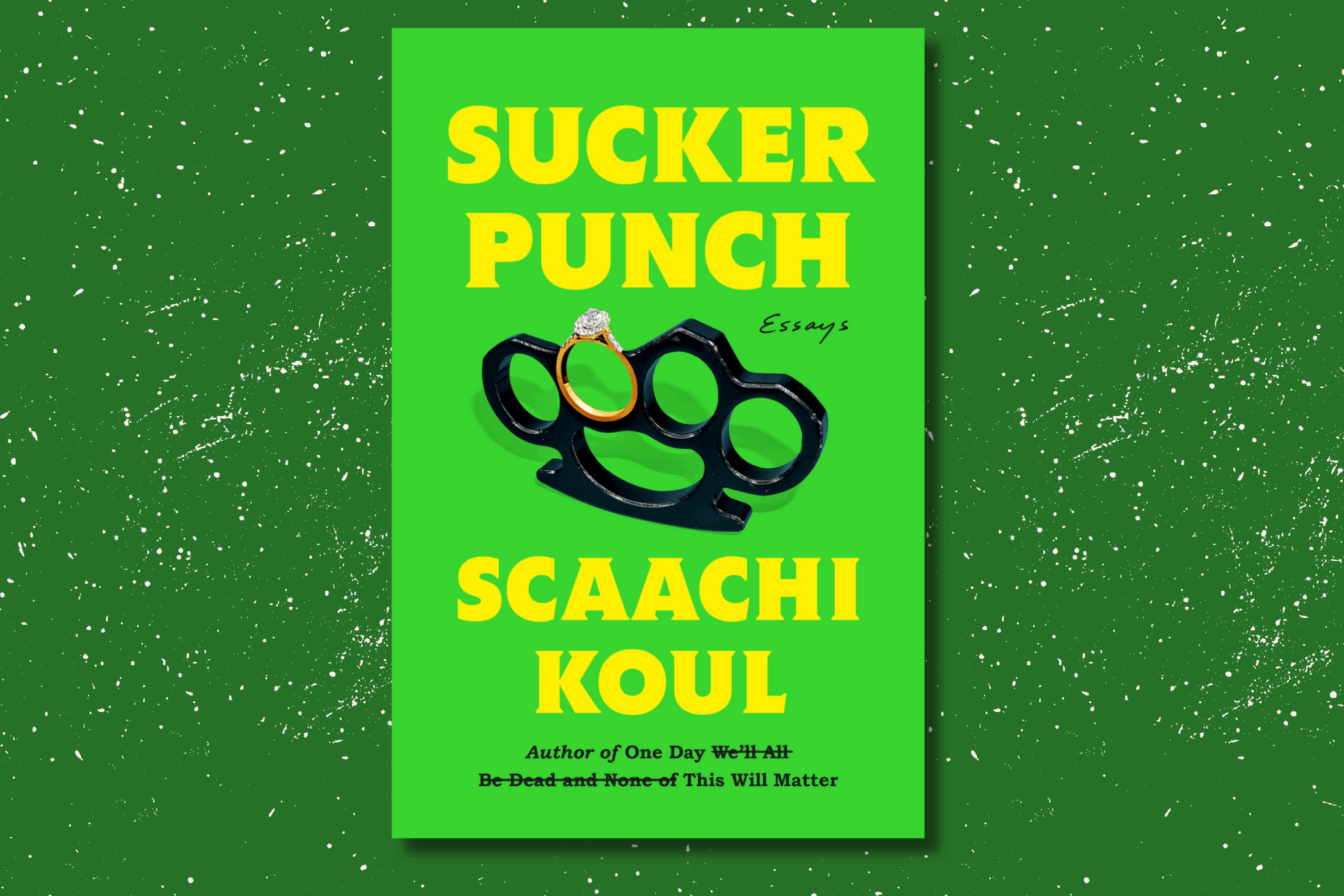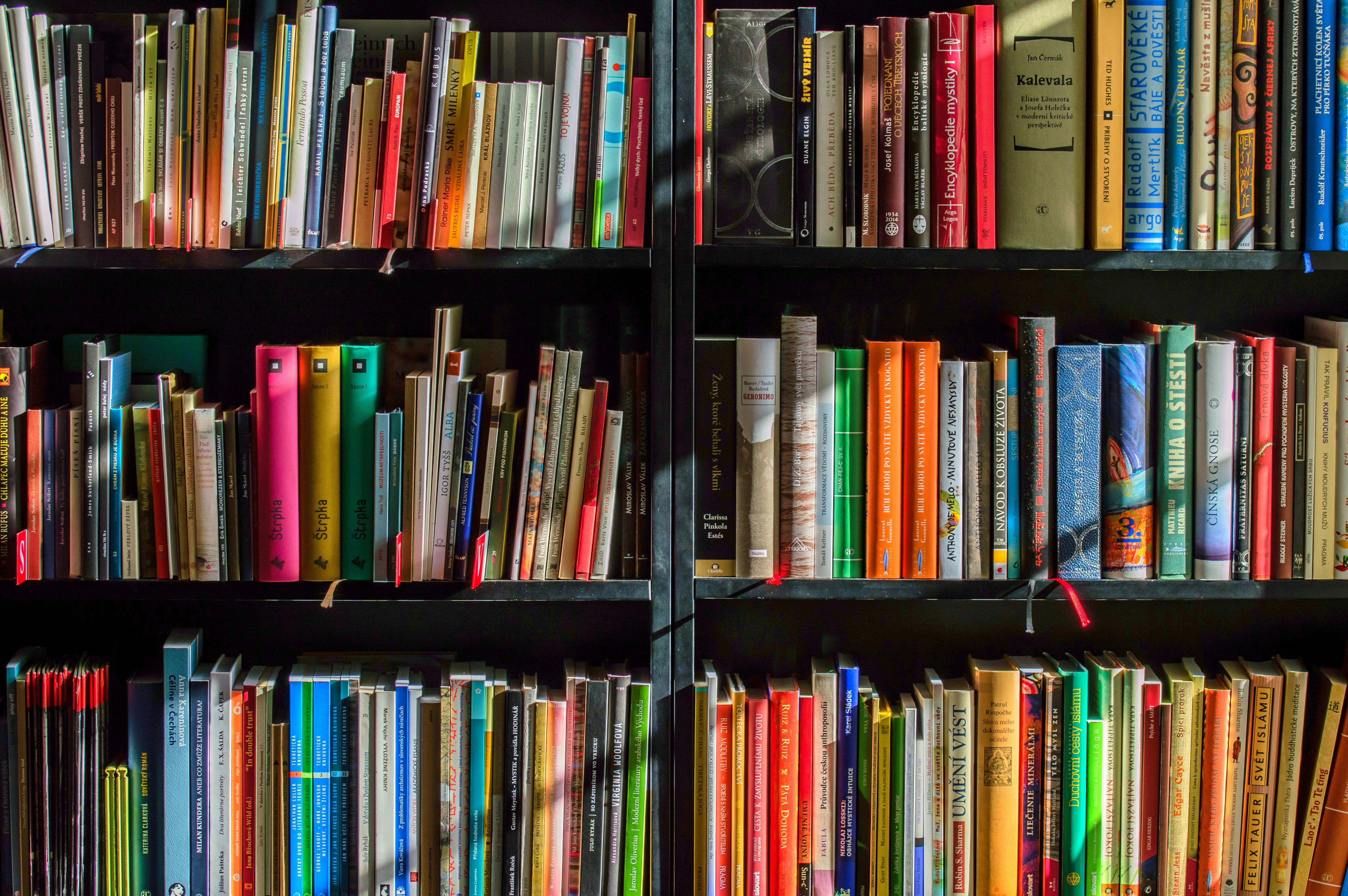Picking up the instrument felt unfamiliar, but incredibly freeing

By Liana Yadav
I grew up in a family of wordsmiths. Master of the pen, emotional with our words, fast with frilly verbosity in our conversations — everyone in my family has rich textual knowledge but no sonic inclination. We admired music but never tried to recreate the magic. I had always felt the joy of music, especially when it reverberated all around me on dance floors, at concerts, or blasted in my ears when I walked down the street. It echoed in me, forcing me to sing along and feel the undercurrent of my own voice blend with that of the singer’s. I envied singers, guitarists, drummers and even bagpipers for what was clearly a skill, but also an innate gift whose seeds had not sowed in me the flair of a great musician.
I always found music to be a creative and passionate medium, but from a distance and without ever feeling confident enough to pursue it. The one time I held a guitar, I had a panicked realization that I don’t have any hand-eye coordination. I can play “Happy Birthday” on the piano — a party trick if not a skill. And I can tap dance if not under the watchful eyes of any professionals.
Why I still wanted to learn
I never went to many concerts as a kid. Despite being Gen-Z, I remember a time when songs were downloaded and added to a music library on iPods. Whenever I listened to music on my iPod, sometimes with no idea of what an artist even looked like (internet use was sparse), all my imagination had to go off on was their music to deduce what they were singing about. Their voices lacked the internet context we know now, making it feel as though every lyric was meant for me alone. Emotions sounded elevated as their voices blended with the soft strum of a guitar. Throats tightened as they heightened their pitch to the escalating beats before a drop. And words melted into a chorus that shouted “Tonight’s gonna be a good night” in repetition until it chanted a good time into existence.
All this to say — I liked music and I wanted to be able to sing while playing an instrument. Only then would I feel like I could fully embrace the joy of singing along to a song I love. So I picked up the soprano ukulele that had been lying around as a decorative piece complimenting the tropical vibe of my parents’ house. I positioned it in my arms and it didn’t intimidate me. With fear out of the equation, I finally felt ready.
How the ukulele gave me confidence
The ukulele is known for being beginner-friendly. It’s 13 to 18 inches in height, has four nylon strings on a wooden soundboard and plays a distinct jangly tone often associated with Hawaiian culture. Because of its portability and uncomplicated features, it has proven to be a less intimidating instrument. Even when I press down the wrong fret, the soprano’s melodies still find a way of complimenting each other.
In the interest of saving money and knowing I am prone to picking up hobbies faster than I can follow through with them, I decided to learn to play the ukulele through YouTube. I also learned from several Reddit threads that the best way to learn is through songs I know of and enjoy. One of the first songs I played was “Surface Pressure” by Jessica Darrow. Something about the strong emotions behind the lyric “I take what I’m handed, I break what’s demanded” rings well with the ukulele’s high-frequency strums. It wasn’t until several tries, for days, that I would get new strumming patterns right. It would then take longer for me to let go of the lack of belief I have in my own coordination and figure out a rhythm that works for me.
Abby Lyons on YouTube has tutorials of many pop songs in a series called Uke Should Know, my favourites to learn were “evermore” by Taylor Swift and “Landslide” by Fleetwood Mac. The classic “La Vie en Rose” and “I’m Yours” by Jason Mraz were so much fun because their sounds are so distinct yet familiar. I started out by following tutorials and writing down chords and strumming patterns in a notebook. Eventually, I decided to pay $5 a month for a Patreon subscription to the channel Easy 2 Play, which lets me download sheet music for all ukulele covers on their channel.
With technically 108 chords in the instrument, only about eight are played the most in different permutations and combinations. After learning these eight and practicing four to five different strumming patterns, I was able to play most of the songs I wanted to. Each time I find a new chord through a song, I take the time to learn it, practicing over and over again in front of a chord chart. When it starts to feel repetitive, I try sounding it out over different strums until I have a sonic image in my mind associated with the chord name.
The learning curve
By playing songs I enjoy, I’ve learned that trying to emulate a sound can be a physical expression of the music as I remember it. Using both my own voice and the taps of my feet, I synchronize with the figurative tune in my head. It felt refreshing to be in control of a song. I could subdue some emotions while heightening others with the chords I played and the musical tone my voice picked. I could feel like the artists themselves and pour myself into a song that feels like it is coming right from my heart.
The ukulele also feels like a brave first step towards a perhaps longer journey of learning other instruments. The guitar might not feel as intimidating or heavy now that I know the ways to acquaint myself with a new instrument and its inner workings.
I also try to remind myself that learning a new craft is meant to be a slow and tedious process. There is no guaranteed overnight hack or a 10-minute how-to for dummies. And even if there is, the beauty behind learning a new creative expression is in surrendering to the emotions that come with it. I don’t want to make the ukulele my key personality feature plastered on social media platforms. I don’t want to upload a cover, nor do I want to capitalize on this hobby by trying to profit off it. This journey continues to be personal and painstaking and I love every part of it!
Appreciating the ease of playing it, I have come to see the ukulele as that first friend you make when you’re a kid, the one who tells funny stories and unconditionally makes you feel good about yourself. It’s the way a cup of coffee feels when you first pick it up, a blanket when it starts to warm your feet or the sweater that sits just right. The ukulele is a cozy companion that wants you to succeed.
George Harrison, beloved member of The Beatles, once wrote “Everybody should have and play a ‘UKE,’ it’s so simple to carry with you and it is one instrument you can’t play and not laugh…I love them — the more the merrier.” Through the uke, I feel closer to the artists I love when I play their songs. And now that I write songs of my own to strum along to, something I never thought I could do, I see what this learning curve has taught me. I have always loved the idea of playing music and it wasn’t until I accepted it as a personal albeit imperfect expression rather than a skill to be perfected that it started to love me back.




